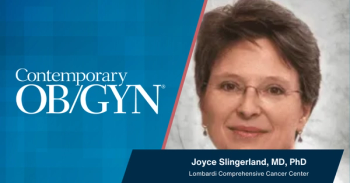
|Articles|October 18, 2016
Three-parent babies: What does the future hold? (VIDEO)
For Contemporary OB/GYN, Dr Bobby Lazzara looks at the recent spindle nuclear transfer performed in Mexico which resulted in a child, the first one created with genetic material from 3 adults, and examines the possible implications.
Advertisement
For Contemporary OB/GYN, Dr Bobby Lazzara looks at the recent spindle nuclear transfer performed in Mexico which resulted in a child, the first one created with genetic material from 3 adults, and examines the possible implications.
Newsletter
Get the latest clinical updates, case studies, and expert commentary in obstetric and gynecologic care. Sign up now to stay informed.
Advertisement
Latest CME
Advertisement
Advertisement
Trending on Contemporary OB/GYN
1
Justin Drake, PhD, discusses the latest research on a protein-based liquid biopsy to detect early breast cancer
2
Joyce Slingerland, MD, PhD, notes how estrone and obesity impact breast cancer risk postmenopause
3
Genevieve Neal-Perry, MD, PhD, discusses new nonhormonal treatments for hot flashes
4
Matthew Nudy, MD, discusses breast arterial calcification and cardiovascular risk
5











